
Tateishi Park
諏訪市街から霧ケ峰高原へ向かう県道40号沿いに広がる展望スペース。園内には展望台があり、諏訪湖や諏訪の町並みが一望できる。信州サンセットポイント100選に選定され、さらに新日本三大夜景、夜景百選にも選ばれている。ほかに、遊具施設や散策路などが設けられ、ピクニックにおすすめ。
Info
Business Hours
Spot Category

Appearance
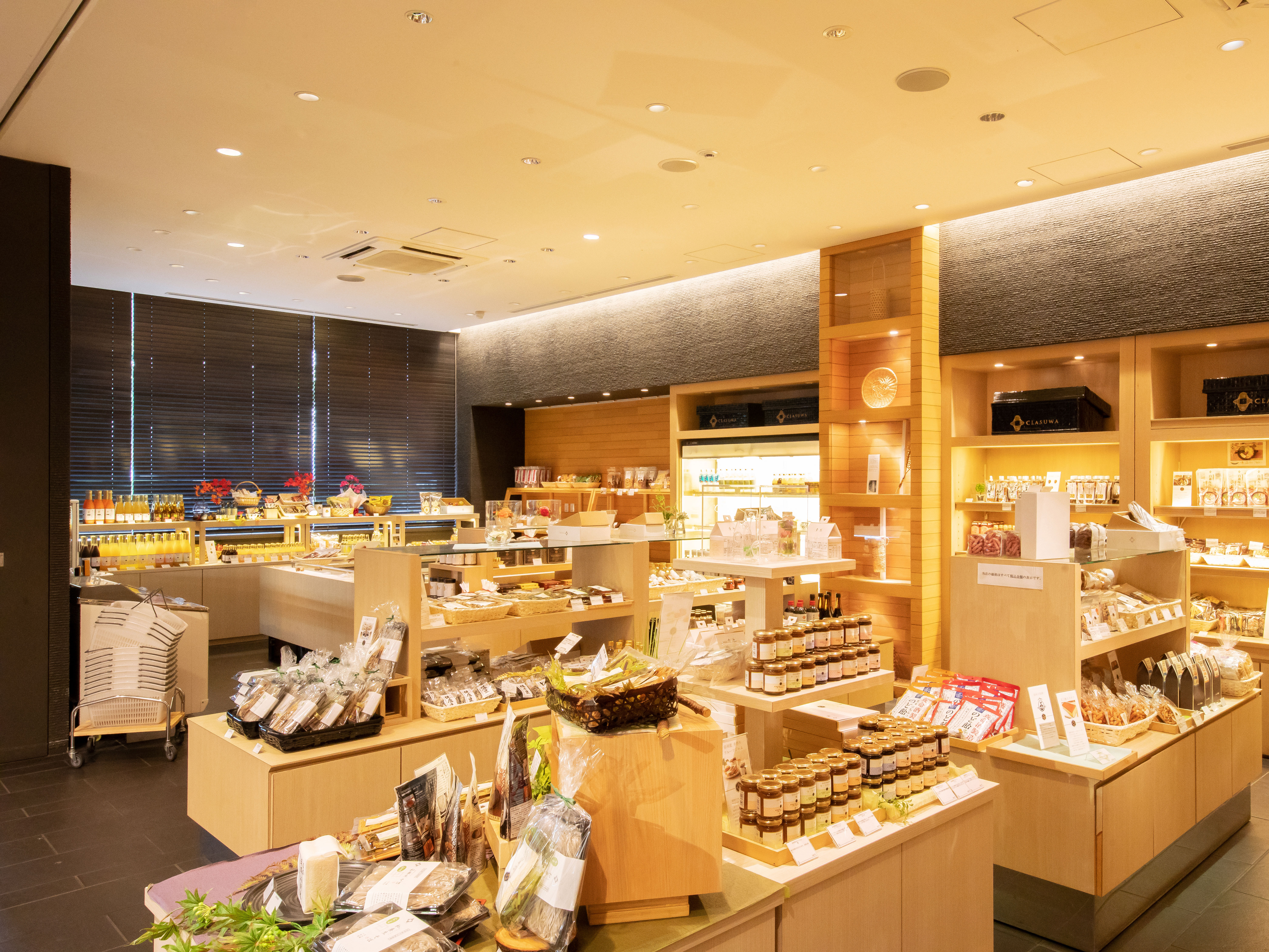
Shop introspection
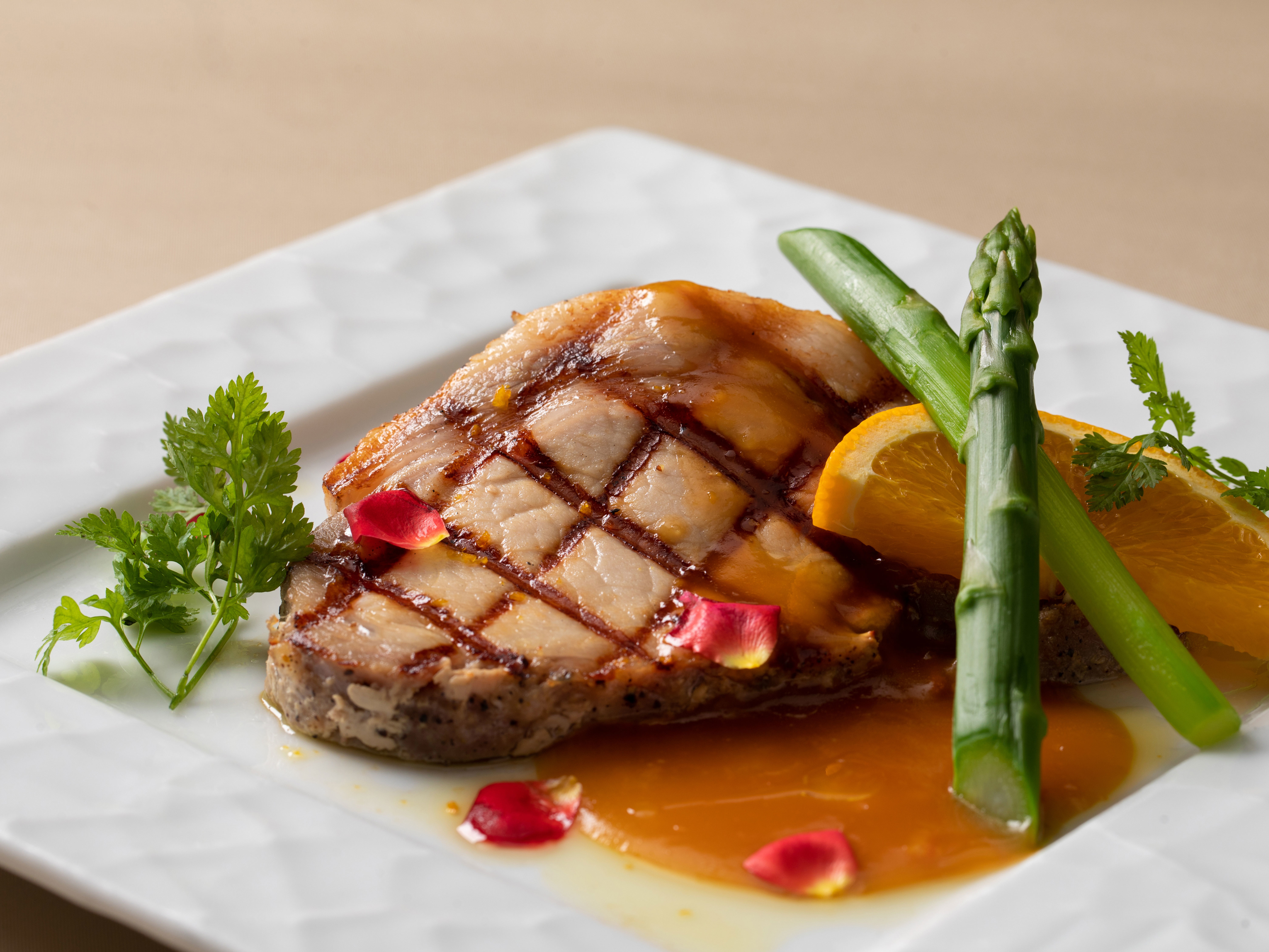
オリジナルの「信州十四豚」を使った料理
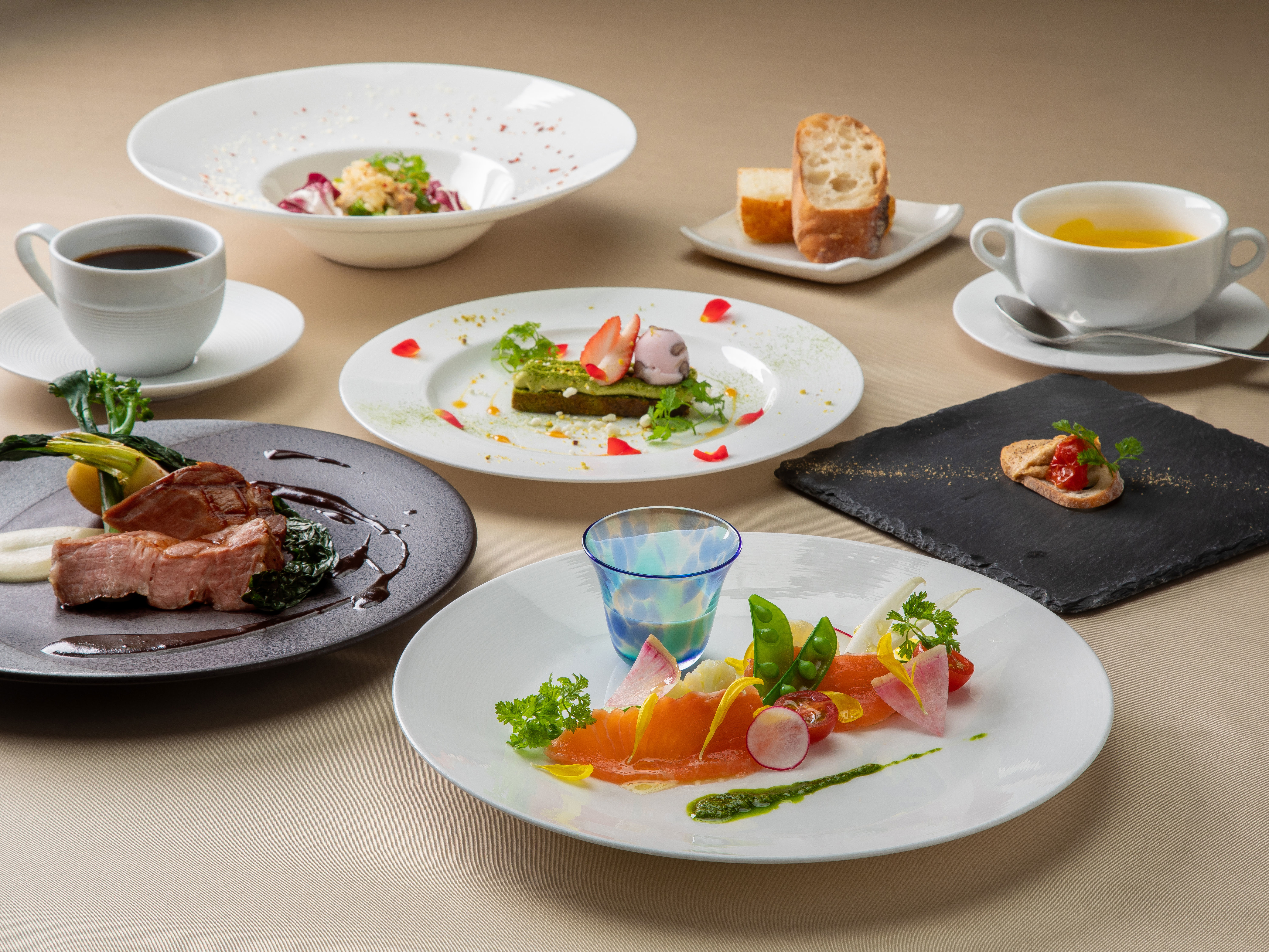
2階レストランのディナーコース ※イメージ

焼きたてパンが並ぶベーカリー ※イメージ
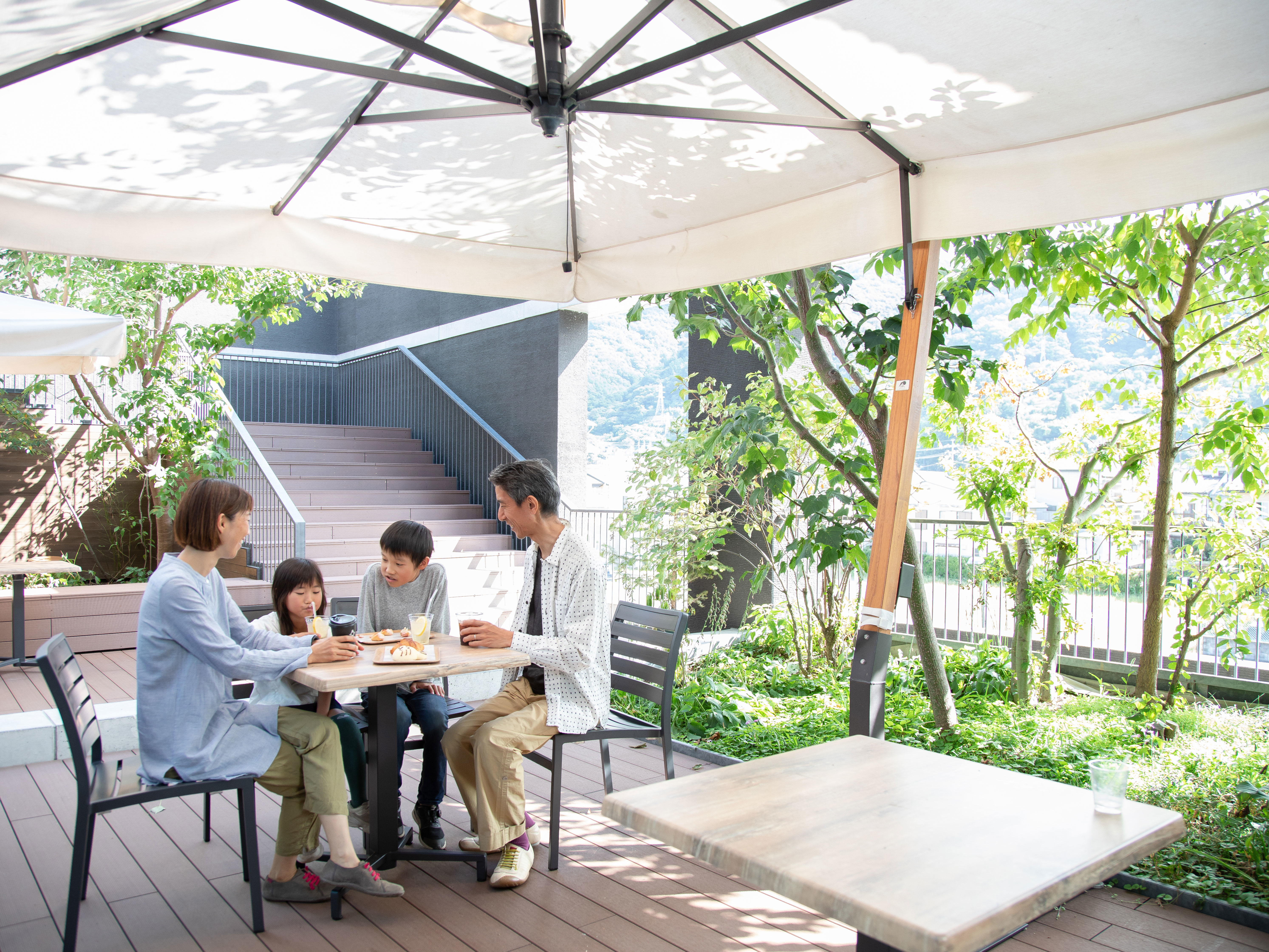
カフェでテイクアウトして、中庭で楽しめる
The information provided reflects the details available at the time of the survey.
Please note that facility details may change due to the facility’s circumstances, so please check for the latest information before visiting.
This content has been translated using machine translation.
Information provided by: JTB Publishing
The content uses an automatic translation service, which is not always accurate.
The translated content may be different from the original meaning, so please understand and use it.

諏訪市街から霧ケ峰高原へ向かう県道40号沿いに広がる展望スペース。園内には展望台があり、諏訪湖や諏訪の町並みが一望できる。信州サンセットポイント100選に選定され、さらに新日本三大夜景、夜景百選にも選ばれている。ほかに、遊具施設や散策路などが設けられ、ピクニックにおすすめ。

You can enjoy a hot water bath drifting from the "Nanatsugama" which mimics the spout of a hot spring. There is a stand on the first floor, where you can buy hot spring eggs using hot springs. On the second floor, "Suwa's Location Review Exhibition" can be toured, while photographs and materials of "Suwa Lake Fireworks" are displayed on the third floor.
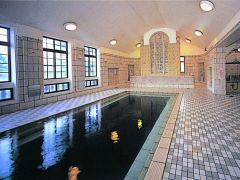
The "Katakura-kan", known as Japan's oldest qua facility. The large-sized bathhouse, which can accommodate more than 100 people at a time, is known as the "Senjin-bath." It is a unique structure with a piece of ground gravel at the bottom of a marble tub.

An ancient temple of the Rinzai sect, located on a high ground overlooking the townscape. Kaesan was in the year of Meiyo 9 (1500). In Kyoho 10 (1725), the main hall, which was erected by the Hayashi family, includes the Uguisu-tsuku corridor, the Yamaoka Tetsushu flat-profile, and the Owari Tokugawa family's basket. The back of the back [kuri] next to the main hall houses a basket with a car devised by the priest in the Tenpo years. In the shrine under the entrance stone steps, Enmei Jizo, which is said to save women, is celebrated. As the festival approaches in April, the stone gets wet at night due to the temperature difference between day and night. The Honson Yakushi Nyorai was by a Buddhist master, Kiyama, of Gyeongsang 4 (1599). Chubu 49 Yakushi No. 21.
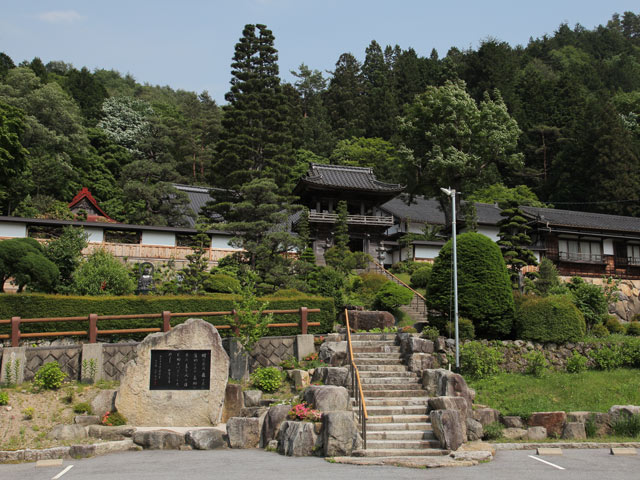
The ancient temple of the Rinzai Myoshin-ji school, which is lined with the main temple and the Jōō-dō and the bell-roomon. It is said to be about 700 years ago, but was rebuilt in Kyoho 11 (1726) after it was destroyed by fire. The gardens are well-maintained, and the flowers of the four seasons add color. The main hall was rebuilt in 2018 for aging.

Natural wood of cypress and cedar thrives on the grounds. The four shrines (important cultural property) of Kumano, Izu, Hakusan, and Zao, which are about 1m away from the side where the bills of the first year of Kenbu (1334) remain inside the Okiya in Ishigaki (Oiya). All of them are considered to be the oldest Kamakura architecture in Nagano Prefecture, which is characterized by the roof of Ichikensha style cypress skin. The entrance with the inscription of 1439 was left behind, indicating that it was the center of the culture of Kiso Valley.
This website uses cookies so that we can provide you with the best user experience possible. Cookie information is stored in your browser and performs functions such as recognising you when you return to our website and helping our team to understand which sections of the website you find most interesting and useful.
Strictly Necessary Cookie should be enabled at all times so that we can save your preferences for cookie settings.
If you disable this cookie, we will not be able to save your preferences. This means that every time you visit this website you will need to enable or disable cookies again.
